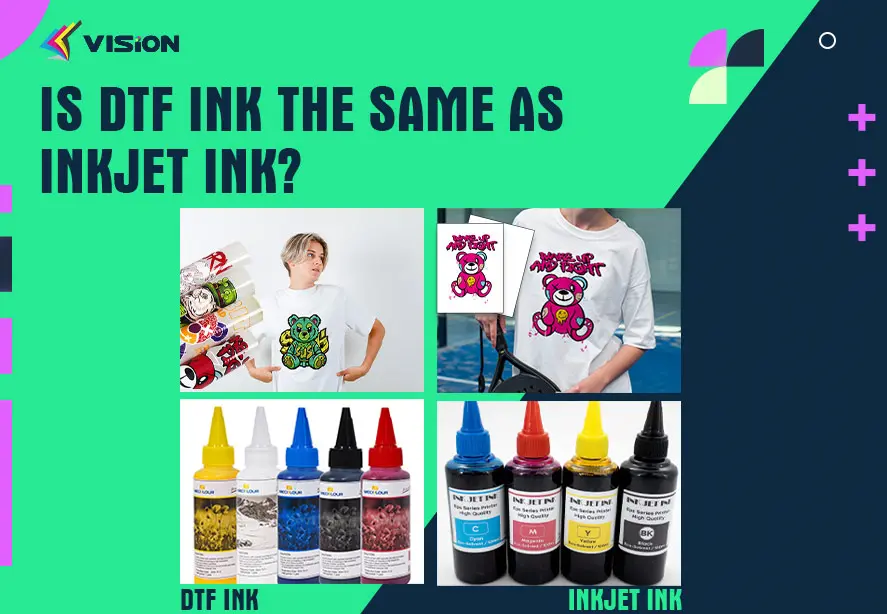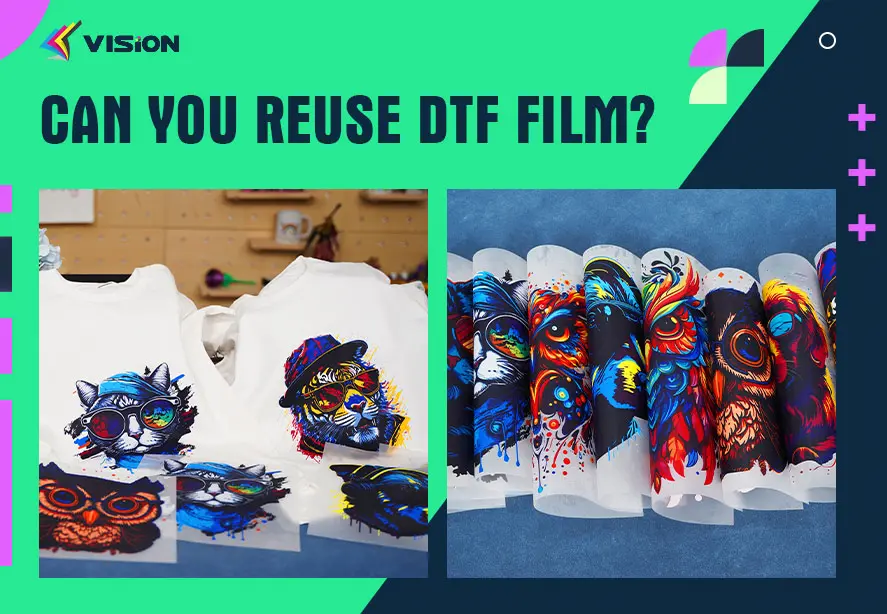Can I print DTF transfers at home?

Direct-to-Film (DTF) printing has gained immense popularity for its versatility and ease of use. This innovative technique allows individuals to create custom designs on various fabrics with high precision and vibrant results. But the question many ask is, “Can I print DTF transfers at home?” The answer is yes, and we’ll guide you through everything you need to know to successfully print DTF transfers from the comfort of your home.
What Are DTF Transfers?
DTF transfers are process where designs are printed directly onto specialized film and then transferred onto fabric using adhesive powder and heat. Unlike traditional methods, DTF transfer is compatible with a wide range of materials, including cotton, polyester, and blends.
What Do You Need to Print DTF Transfers at Home?
Printing DTF transfers at home requires specific equipment and materials. Here’s what you’ll need:
DTF Printer: A specialized printer or a modified inkjet printer, popular models include Epson L1800 and P600.
DTF Film: Use high-quality, specially designed DTF film for precise and durable transfers.
Hot Melt Adhesive Powder: For bonding the design to the fabric.
Heat Press Machine: To transfer the design onto garments.
DTF Inks: Pigment-based inks designed for DTF.
Design Software: Use software like Adobe Photoshop, CorelDRAW, or specialized RIP software for precise color management.

dtf printing process
Step-by-Step Guide to Printing DTF Transfers at Home
Step 1: Prepare Your Design
Use graphic design software to create or modify your design.
Ensure proper resolution (300 DPI is recommended) for clarity and sharpness.
Step 2: Print the Design on DTF Film
Load the DTF film into your printer with the coated side facing up.
Print using the correct settings for your printer and ink type.
Print the design in reverse (mirrored) to ensure accuracy during the transfer.
Step 3: Apply the Adhesive Powder
Evenly sprinkle hot melt adhesive powder onto the wet inked side of the film.
Gently shake off excess powder to avoid clumping or uneven bonding.
Step 4: Cure the Powder
Place the powdered film in a curing oven or hover it under a heat press (without pressure) at 160°C (320°F) for 2–3 minutes.
Ensure the powder melts uniformly to form a smooth adhesive layer.
Step 5: Transfer the Design to Fabric
Position the cured film on your garment with the design facing down.
Use a heat press set at 160°C (320°F) and apply firm pressure for 15–20 seconds.
Step 6: Peel the Film
Allow the transfer to cool to room temperature.
Peel the film gently to reveal your design.
DTF Transfer Film Using Epson L1800 Printer Custom Sakura T-shirt
Advantages of Printing DTF Transfers at Home
1. Cost-Effective
Producing transfers at home saves on outsourcing costs and shipping.
2. Customization
Tailor designs to your exact specifications, including one-off projects and bulk orders.
3. Versatility
DTF printing works on various materials, from T-shirts to tote bags.
4. Scalability
Start small and scale up production as needed.
Challenges and How to Overcome Them
Ink Maintenance
DTF inks require regular use to prevent clogging. Run cleaning cycles if the printer is idle for extended periods.
Learning Curve
While straightforward, mastering the process takes practice. Experiment with different settings to achieve optimal results.
Initial Investment
Equipment costs may seem high, but the long-term savings and flexibility outweigh the initial expense.
Tips for Successful DTF Printing
1. Use High-Quality Materials
Invest in premium films, inks, and powders for the best results.
2. Optimize Heat Press Settings
Ensure consistent temperature, pressure, and time for flawless transfers.
3. Test Before Final Prints
Always test your settings on scrap material to avoid costly mistakes.
Printing DTF transfers at home is a practical and rewarding way to create personalized designs. With the right equipment, materials, and a bit of practice, you can achieve professional-grade results. Whether you’re starting a business or exploring a creative hobby, DTF printing offers unparalleled versatility and quality.
Related:
What kind of printer and supplies are needed for DTF transfers?
Choosing the Best DTF Printers For Your Business in 2024
Do you need special ink for DTF transfers?















